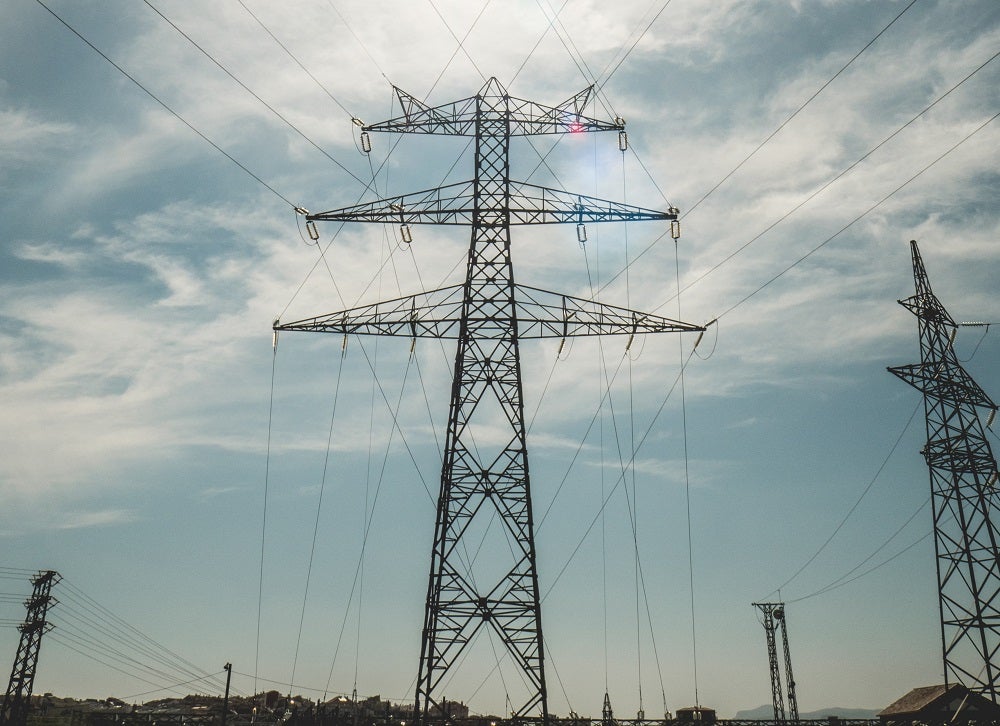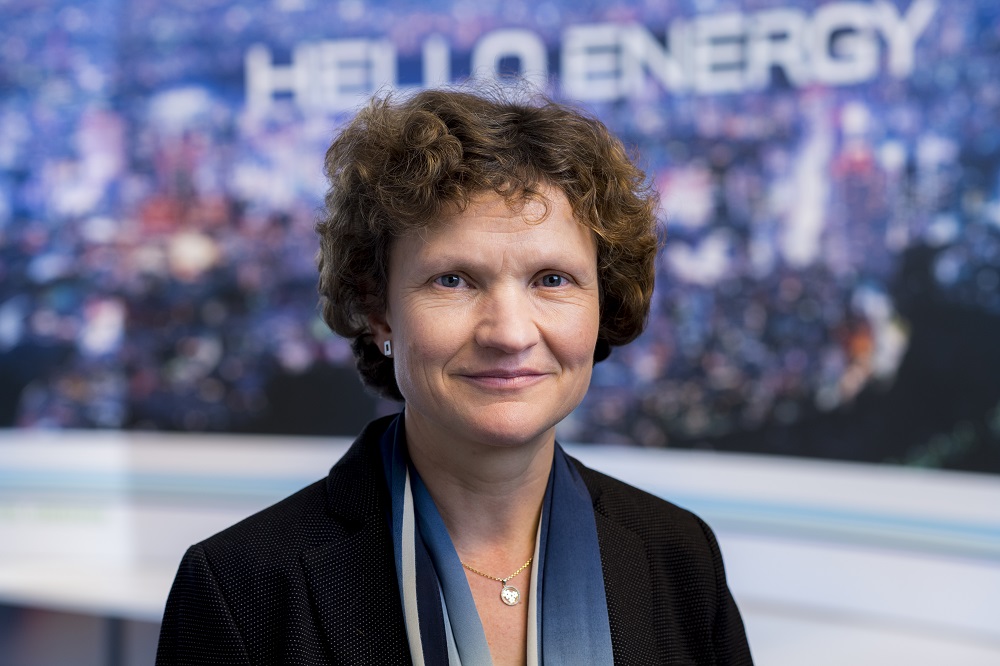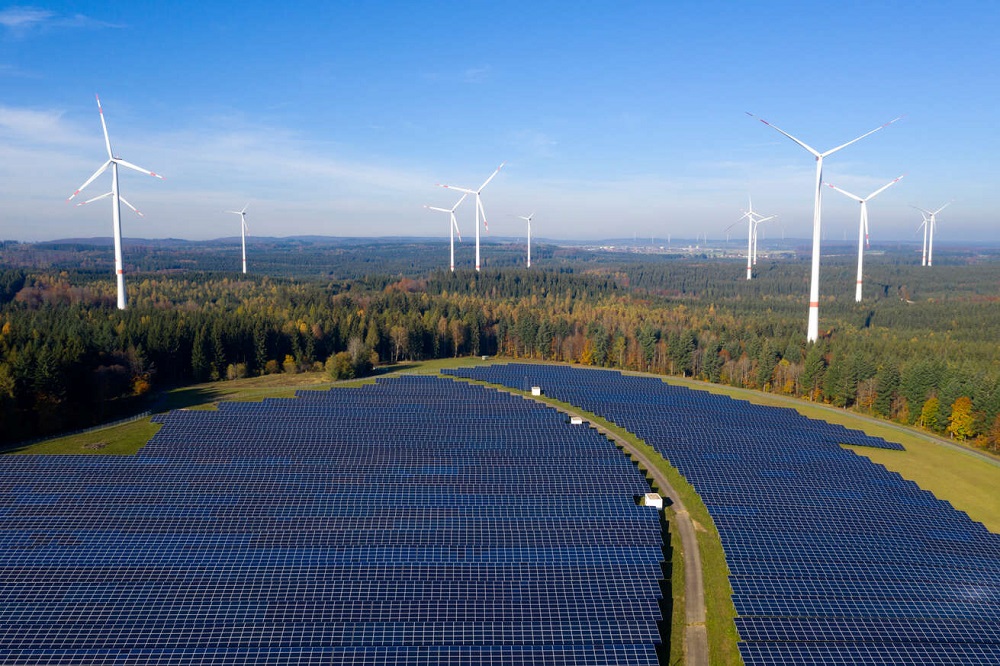
The low-carbon energy transition will a demand a considerable overhaul of electricity networks as new sources of energy are integrated and the patterns of supply and demand evolve. Lucy Craig, senior vice president of growth, innovation and digital at DNV – Energy, explains how digitalisation will play a central role in helping electricity grids adapt for a greener future.
As we strive to reduce carbon emissions and safeguard the planet for future generations, the way we produce and consume electricity is shifting.
According to DNV GL’s latest Energy Transition Outlook (ETO) report, as society moves away from fossil fuels, renewable energy sources, such as wind and solar, are growing exponentially and are set to account for nearly 70% of global electricity production in 2050.
While the energy transition will drive change for power systems, electricity grids and markets will be essential enablers for a lower-carbon future. Challenges will include expanding, reinforcing, and upgrading the grid to maintain high reliability, while embracing digitalisation to operate more efficiently and flexibly.
So far, smart technologies are supporting how electricity is produced, distributed and managed with more automation of network operation, and full automation of energy billing and accounting processes envisaged in the next decade.
Managing supply and demand
In order to accommodate an increase in renewables, power grids will need the ability to integrate new technologies more quickly.
For instance, over the next five years, new and emerging technologies such as bifacial solar modules, larger wind turbines, floating solar and floating wind will play an increasing important role. Likewise, there is also the need for high-efficiency equipment and appliances to be easily accessible both in terms of availability and cost.

The journey from concept to commercialisation must ramp up to establish proven climate change solutions more rapidly. For example, renewable power generation has grown six-fold in the UK over the past decade, helping the country cut the carbon intensity of its power by 58%.
However, analysts warn the country needs to ensure its grid is sufficiently flexible to maintain stability while integrating increasing levels of renewables capacity.
Upwards of 37 terawatt hours (TWh) of excess electricity will be generated annually by 2030, with significant investment in smart grid technologies required to ensure stability.
Digitalisation will enable energy cost savings through smarter building management and aid the provision of flexibility solutions for electricity grids. The research demonstrates that 15% of grid investment today goes into digital infrastructure to deal with the complexity of a more decentralised power system and to support decision-making in asset management and operations.
Energy storage
The market itself is adapting with more consumers becoming electricity producers, with the ability to generate their own power using technology such as solar panels, which are now more cost effective than ever before.
As many future power systems will be governed by variable and intermittent generation from renewables, operators will therefore need to maintain the reliability and efficiency we all expect, while integrating the low carbon technologies we all want.
Viable storage and other flexibility options will be crucial, and are expected to grow over the coming years. Although this can include the likes of heat, flywheels and compressed-air storage in caverns, only pumped-hydro and batteries are considered to have any significant impact.
The following factors will determine the flexibility of options on offer:
- Improving connections between neighbouring grids enables balancing of supply and demand over larger geographies, “smoothing” variability and improving robustness to failures
- Electricity systems already make substantial use of generators with the ability to start quickly and vary their output rapidly. Examples are hydro and diesel generators, and open-cycle gas turbines
- Integrating demand side response (DSR) measures to encourage reduced power consumption at peak times reduces strain on the grid and lowers costs for the consumer
- With more distributed generation and DSR, greater flexibility in markets will evolve to enable power systems to operate more efficiently
- Flexible and interconnected markets and regulation will be important in facilitating closer cooperation and coordination between market participants
- The portion of electric vehicle batteries that provide grid services, a form of energy storage called vehicle-to-grid, will be a significant resource.

Rethinking electricity markets
To meet tomorrow’s energy needs, the future-proof grid will be smart, interconnected and based on a mix of different technologies for generation, transmission and distribution, delivery and control.
Future grid projects require a fresh approach to everything from feasibility through to operation. Regulators and politicians need to rethink electricity markets to provide additional flexibility including storage, DSR, and interconnection capacity.
The different sources of flexibility may have technological and cost-related barriers to prevent their uptake. There are also barriers in regulation, standardisation, and energy market rules, which are being developed worldwide to facilitate emerging flexibility solutions, like energy storage and demand response.
For most flexibility resources, especially energy storage, a single flexibility service will not be enough. Stackable revenues, by combining operational services in different markets and time scales, will therefore become important to render the business case worthwhile.






